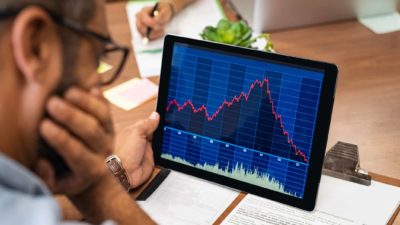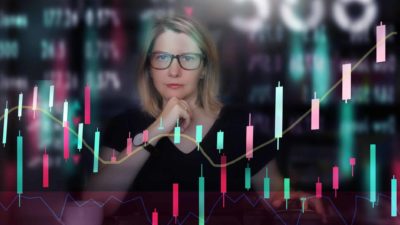Wall Street entered into a new bull market and that'll only add more fuel to the debate on whether the bounce is s false dawn.
A bull market is a bounce of 20% or more from a trough and the S&P 500 achieved that feat after it recorded its best trading week since 1974!
But the bears are warning investors not to be suckered into a false sense of security. Global markets, including the S&P/ASX 200 Index (Index:^AXJO), are on the verge of a second collapse, so they say. Are they right?
History favours the bears
History is on the side of the pessimists. No bear market in history has ever been this short and this one is running for less than two months.
Further, bear markets are punctuated with false rallies, more affectionately termed "dead cat bounce". The doomsayers also believe a deep recession is on the cards due to a protracted shutdown of the global economy to contain the coronavirus pandemic.
In fact, the dreaded "D" word (for depression) is being increasingly used by some economists who are warning that this sharp downturn will be the most painful in modern history.
The gloomy prediction certainly doesn't gel with the not-very-deep and shortest ever bear market.
This time is different… really
Trying to pick the bottom of the market may be a mug's game, but I'm a glass-half-full kind of guy – in this case anyway.
The difference in this bear market is the unprecedented level of fiscal and monetary stimulus that's being pumped through the financial system.
The US Federal Reserve upped the ante on Thursday when it said it would spend up to US$2.3 trillion ($3.6 trillion) to provide loans to local governments, businesses and households.
Second game changer
My jaw dropped at the news and that says a lot as few things surprise me these days. Investors can't underestimate the significance of the Fed's move.
The world's most powerful central bankers have never moved so far up the risk curve and it's the second game changer I've seen during this crisis (the first being the $130 billion JobKeeper program).
The market adage "don't bet against the Fed" was coined for a reason. The bears will run out of capital long before the Fed does.
Thank goodness for the GFC
The other key difference in this bear market compared to others is the speed which governments and central bankers have been galvanised into action.
We can thank the GFC for this. Even as the global economy was sinking into a hole during the GFC, central bankers (especially those in Europe) were dragging their feet to take action.
It was like debating whether to get into the life boat of the Titanic because you were worried about getting seasick!
This time round, the Feb is pulling out its bazooka, firing first and asking questions later. This will create plenty of problems for us down the track, but hey, that's a problem for tomorrow.
The hidden cost to control COVID-19
Another thing that's making me more of an optimist is my prediction that the restrictive measures put in place to flatten the virus curve will be lifted sooner than what government reps are telling us.
That sounds like an irresponsibly bullish forecast – but consider this: the focus thus far is on how many people are losing their life from COVID-19. Every life lost is a tragedy, but an extended lockdown could claim more lives.
Experts predict that as many as 580 million people around the world will be pushed into poverty because of coronavirus.
Poverty cost lives, even in rich countries. A study undertaken in 2011 estimated that 4.5% of deaths in the US, or roughly 900,000 deceased, are caused by poverty.
There are also reports that the lockdown is impacting on other important medical research, such as the development of anti-cancer treatments.
If the lockdown that's strangling our economy were to last much longer, more of us will be asking whether the hidden costs to control COVID-19 is worth the reward.








